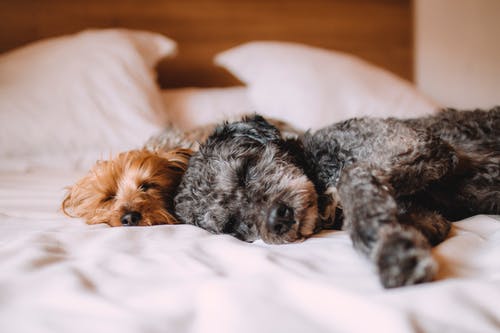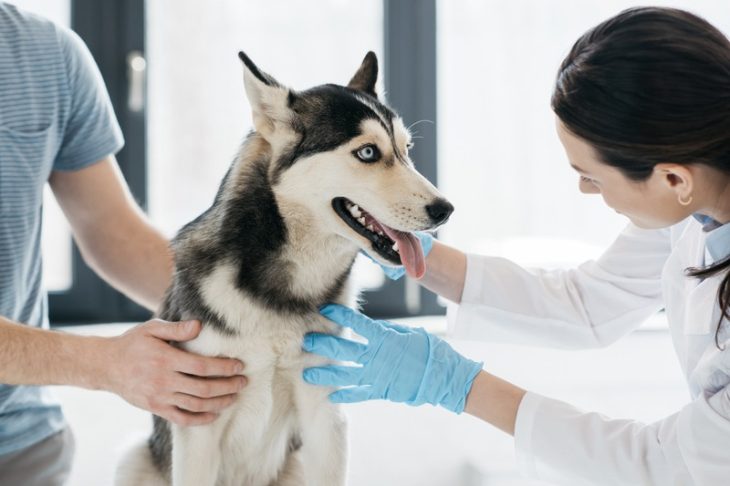Just like humans, pets require regular dental care to maintain their overall health and well-being. In this article, we’ll delve into the most common veterinary dental procedures and discuss their importance for pet owners. We’ll touch on topics such as dental examinations, professional cleanings, x-rays, extractions, and more. Proper dental care for your furry friend can help prevent avoidable issues and ensure a happy, healthy life together.
Dental Examination and Tartar Grading
Oral Inspection & Tartar Grading System
Routine dental exams are crucial in identifying any oral issues and preventing them from escalating. During the examination, your veterinarian will visually inspect your pet’s mouth for tartar and plaque buildup, tooth fractures, gum inflammation, and oral tumors. The vet will assign a tartar grade based on the extent of plaque accumulation on the teeth. Typically, no anesthesia is needed for oral examinations.
Professional Dental Cleaning
Benefits of Dental Cleaning
Pets may require a professional dental cleaning if the tartar grade is two or higher. Regular dental cleanings can help prevent gum disease, bad breath, and tooth decay, all of which contribute to overall better health for your furry companion.
General Anesthesia and Safety
General anesthesia is employed during professional dental cleanings to ensure the veterinarian can thoroughly and safely perform the procedure. During the process, your pet’s heart, oxygen level, and blood pressure are continuously monitored to guarantee their well-being.
Teeth Cleaning
Cat teeth cleaning is a crucial part of routine dental care as it is vital in maintaining a pet’s oral health and preventing dental problems in the long run. Regular check-ups and teeth cleanings can go a long way in ensuring your animal companion’s overall health and happiness.
X-rays for Pets
Dental X-rays and Detection
Performing dental X-rays for pets helps veterinarians identify underlying dental issues such as abscessed roots, bone loss, or hidden pathologies. Therefore, x-rays are a vital part of every dental cleaning procedure.
Dental Extractions
Reasons for Tooth Extractions
Pets may require tooth extractions due to various reasons, including severe tooth decay, fractures, gum disease, or tooth crowding. These issues, if left untreated, can cause discomfort, pain, and infections for your pet.
Different Techniques for Extractions
There are two primary techniques for performing dental extractions in pets: simple and surgical extractions. The method used depends on the specific case, and your veterinarian will recommend the best approach. To manage pain, local nerve blocks may be applied during the procedure.
Recovery Process
Following tooth extractions, your pet may experience some discomfort as they heal. The veterinarian often prescribes pain management medication and provides guidelines for post-extraction care, ensuring a smooth and comfortable recovery process.
Gum Disease in Pets
Causes and Treatment of Gum Disease
Periodontal disease, or gum disease, is caused by the accumulation of plaque and tartar, especially near the gum line. Treatment options often include deep cleaning, antibiotics, and, in severe cases, surgical intervention.
A cat wellness exam should incorporate a thorough check for gum disease, ensuring early detection and treatment. Incorporating routine dental checks in a wellness exam can go a long way in keeping your furry friend’s oral health in peak condition.
Tooth Fractures in Pets
Causes and Symptoms
Tooth fractures can result from accidents, biting hard objects, or even play. They may cause pain and discomfort for your pet, leading to difficulties eating or changes in behavior. Symptoms like excess drooling or bleeding from the mouth may also indicate a fractured tooth.
Treatment Options
Treatments for tooth fractures range from bonding for minor cases to extractions in more severe instances. Consulting with your veterinarian can help determine the most suitable course of action for your pet’s specific needs.
Importance of Veterinary Dental Care
Regular Visits
Many veterinary clinics, such as the Goleta Airport Pet Hospital, offer comprehensive dental care services for your pet, ensuring their oral health is maintained. Regular visits to a reputable veterinary clinic will help detect and prevent any potential oral issues from worsening, keeping your pet happy and healthy.
Preventative Measures
Apart from regular visits to the veterinarian, pet owners can take measures at home to maintain their pet’s oral health. Dental chews, pet toothpaste, toothbrushes, and dental diets can contribute significantly to your pet’s dental care routine.
Conclusion
Dental health plays a vital role in your pet’s overall well-being. By understanding the most common veterinary dental procedures, you can ensure that your furry friend receives the appropriate care and maintains a happy, healthy life. Regular dental exams, cleanings, and at-home preventative measures can prevent dental problems and save your pet from unnecessary discomfort. Collaborate closely with your veterinarian to create a dental care plan that suits your pet’s unique needs and enjoys a lifetime of health and happiness together.



